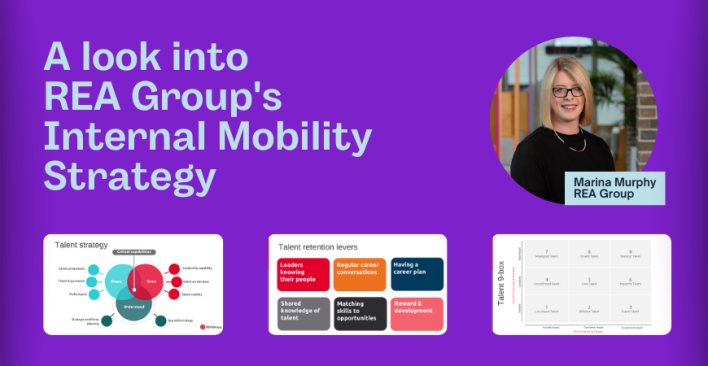How to win over passive candidates and not turn them off (part 2)

In part one of this series, I wrote about what we should be doing before we start engaging passive candidates. Here, I’ll move on to the next stage – the process of sourcing and reaching out to these people.
As mentioned before, engaging passive candidates is one of the most challenging part of any recruitment assignment in my opinion and it requires more than a touch of skill and tact to get a candidate across the line.
These following steps are what we should be doing, based on my experience over the years, when sourcing and trying to get to these passive candidates:
1. Developing a sourcing map/plan
A sourcing map is a visual representation of the channels, approaches, and other elements of a sourcing plan.
With a sourcing map you can be sure that you are keeping track of all the potential Talent sources and candidates you are uncovering, as well as ensuring that you cover the whole market.
By mapping it out visually you are able to gather feedback and additional information from Hiring Managers and other stakeholders.
You can also minimise the risk of missing sources and, if it’s an online shareable map, you can greatly increase your effectiveness by asking others to contribute their knowledge into it.
Here’s an example of a sourcing map:

2. Developing and testing your call plan
Now we are getting somewhere. After developing a sourcing map, I will then use the information to build on my call plan.
A call plan is a strategic/consultative way of asking my candidates questions that will get them to take action (e.g. send me resume, have a chat with the hiring manager). Typically, my call plan will include Cialdini-style questions based on his six principles of influence – reciprocity, commitment and consistency, social proof, authority, liking and scarcity.
Here are examples of a few typical Cialdini-style questions I use:
Reciprocity
- I have a brief document of how candidates can create an impactful LinkedIn profile, would you be interested in getting a copy?
- I really like how you have set out your accomplishments, have you had many comments on these?
Commitment Consistency & Scarcity
- We have some quality candidates on the short list and I will be closing the position shortly, can I please get your CV by the COB?
- We have a video of the hiring manager taking about the position. It goes for two minutes and most candidates who viewed it really felt excited by the position and the company, can I send this to you?
Social Proof
- Our Value Proposition seems to be favourably considered by the XX number of candidates I have spoken to, how does this sit with you?
Armed with this call plan, I ring up 2-4 low-prospect candidates with the skills and capabilities that I’m looking for to understand what is compelling for them and what will not work. Listen to the tonality of their voices and the questions they ask, this simulates reality.
Then tweak your call plan accordingly to further refine your questions.
3. Start with low-prospect candidates and work your way up
I generally do not go for my best prospects immediately. As mentioned briefly in my above point, I am constantly refining my value proposition to ensure that I have an amazing proposition on hand to offer to the candidate that I know would absolutely love it.
During the call, I also make sure I clearly express why I have called and what I am looking for. At the same time, I am trying to add value to the prospective candidate. I am looking for help and I also want to help them.
Mantra #2 – always leave your candidates in a better place.
4. Get into a positive state of mind
I need to be healthy and happy before I commence calling and emailing, you should be too. If I am not at my best, I do analytical or creative stuff instead of contacting prospective candidates.
I take my candidates on a journey, and I need to be at my best to really excel.
So what do you think? Love your thoughts on how you would engage passive candidates, leave them in the comments below. To read part one of the series, click here.
Cover image: Shutterstock
ATC2019 is all about exploring high performance Talent functions and the elements necessary for Talent Acquisition (TA) to thrive as we enter the age of intelligence. Get your tickets here.
Related articles
2 Responses to “How to win over passive candidates and not turn them off (part 2)”
Leave a Reply
Sign up to our newsletter
Get a weekly digest on the latest in Talent Acquisition.
Deliver this goodness to my inbox!




Nice piece Trevor. I would also suggest the business makes the first contact for critical roles (rope it off, not all roles, but mission critical ones).
We all know most sourcers and recruiters get on avg 20% response rates from passive candidates, less for roles where people are in high demand where large % of recruiters are reaching out.
I’ve had business leaders make first contact to sell the opportunity, and have seen 90% response rates.
Great point Rob I am totally good with this idea providing you can assist create a call plan and the business person communicates in a confident manner.
I have also used Videos of Hiring Managers with some success. Video My Job have built a business around this solution